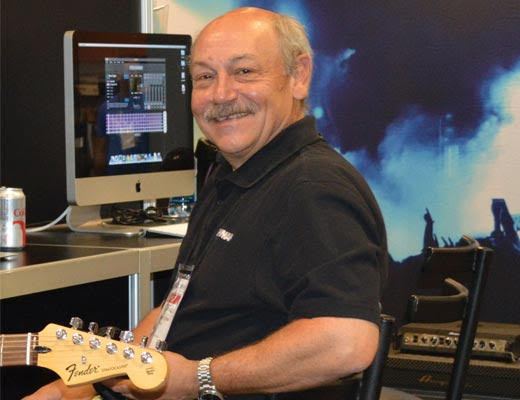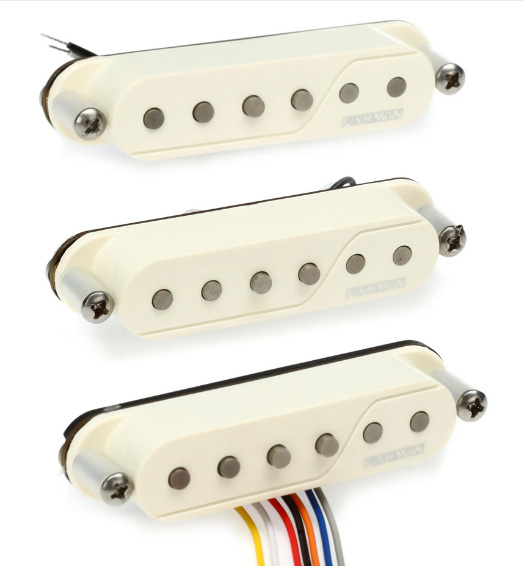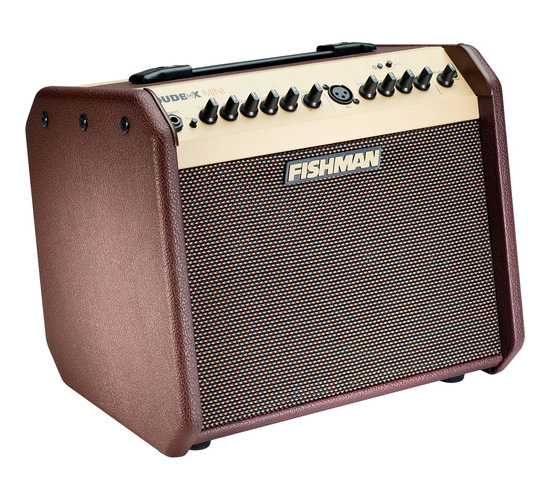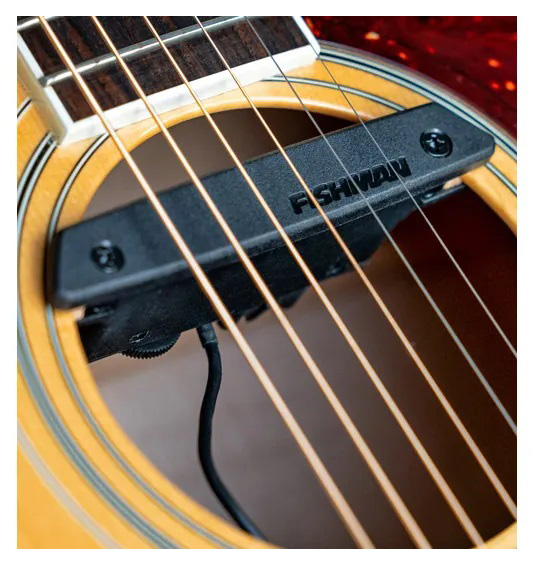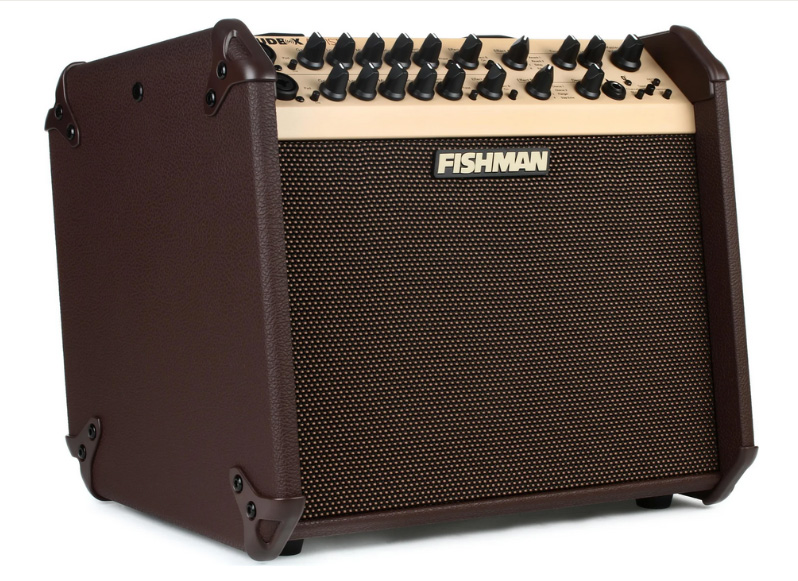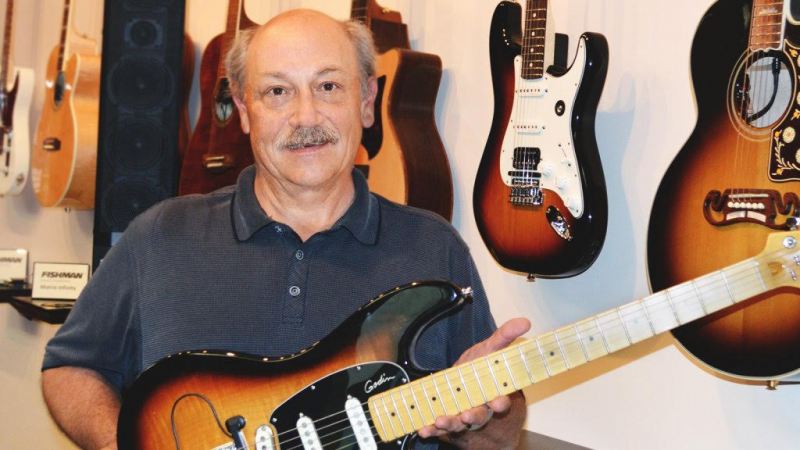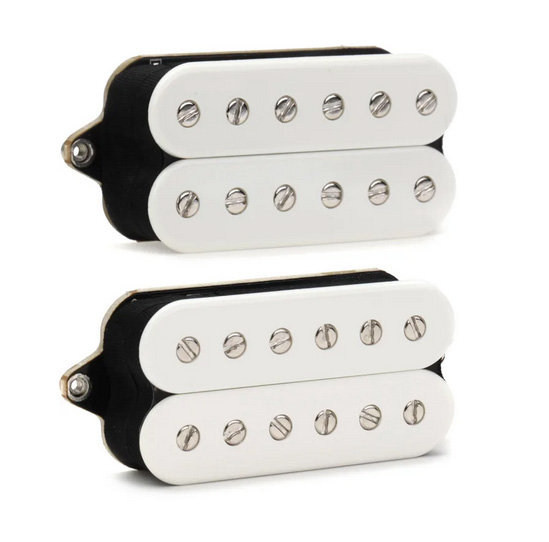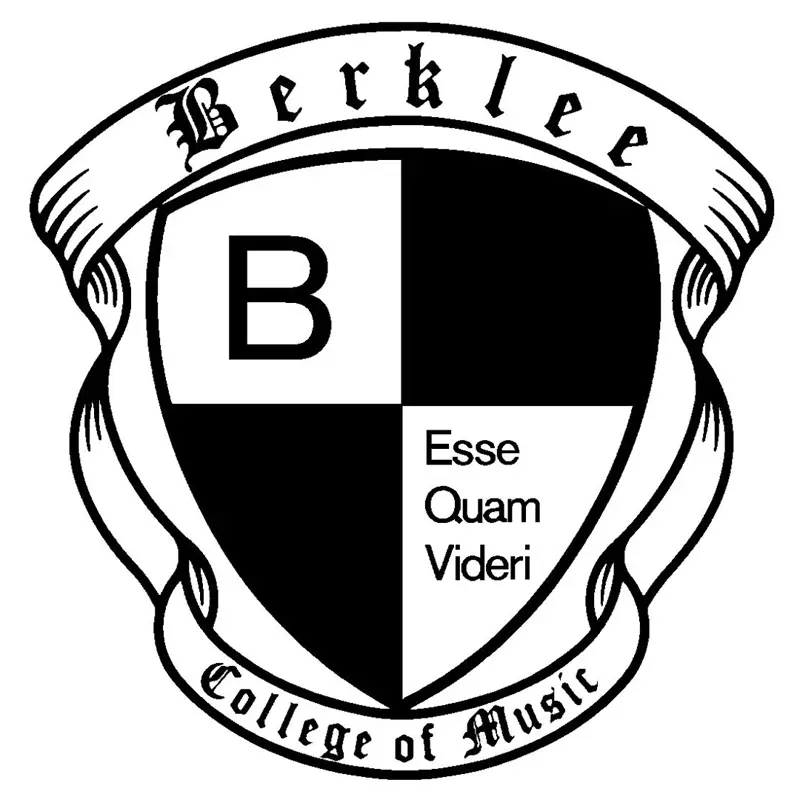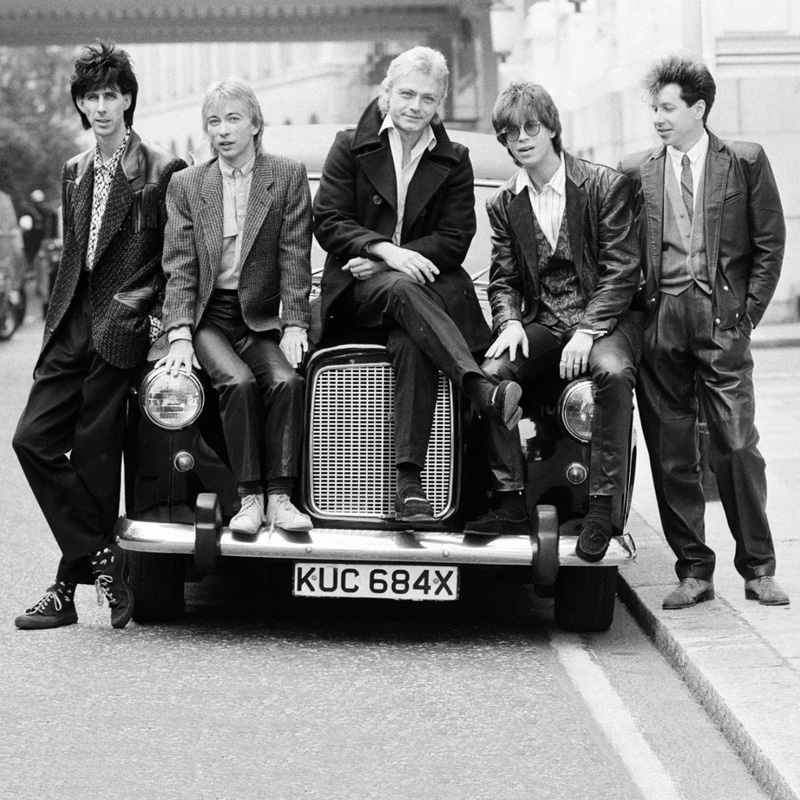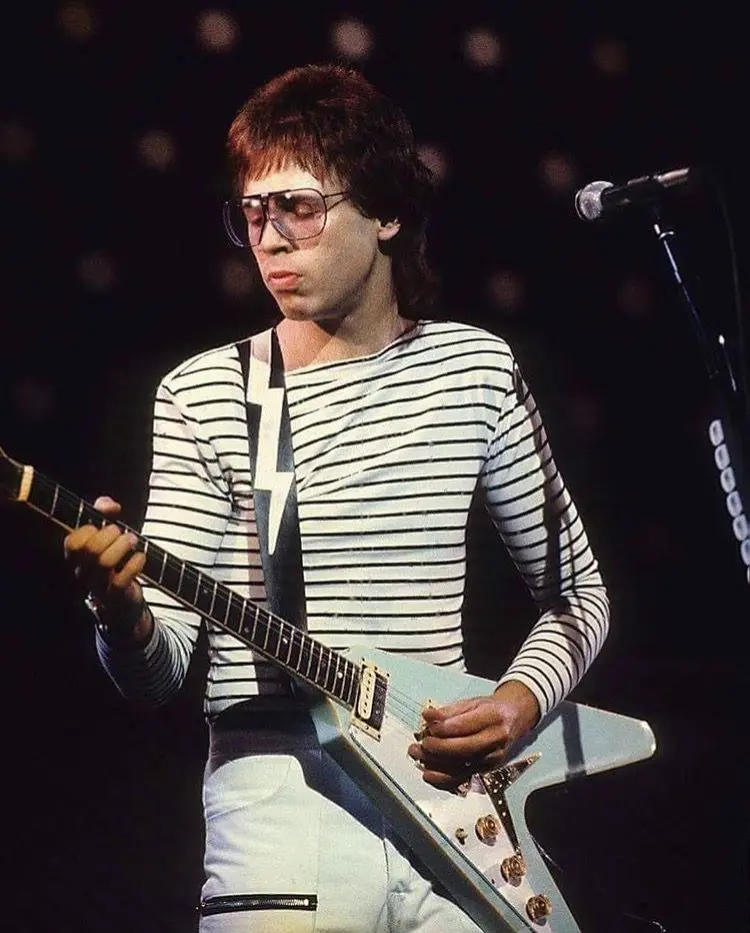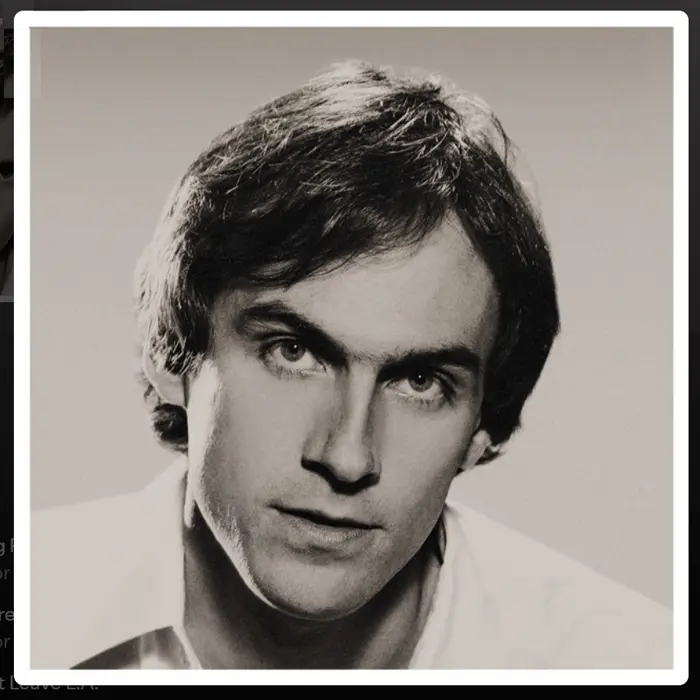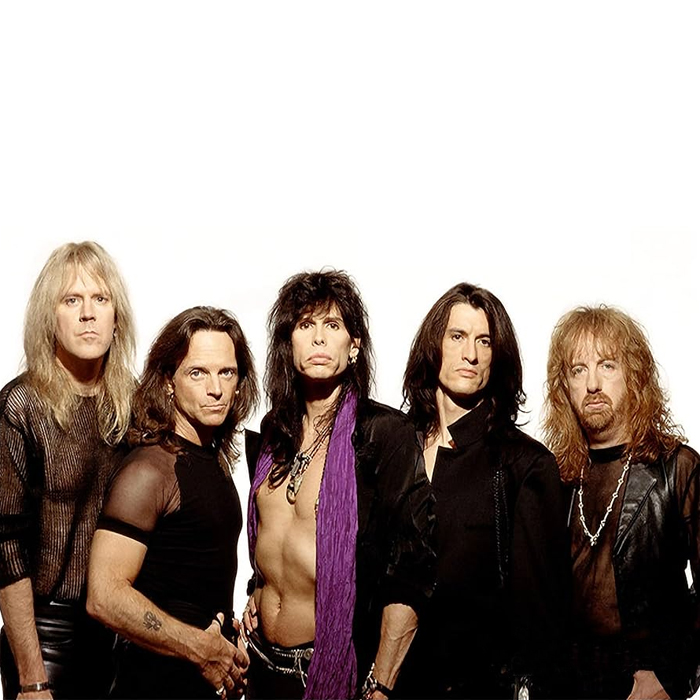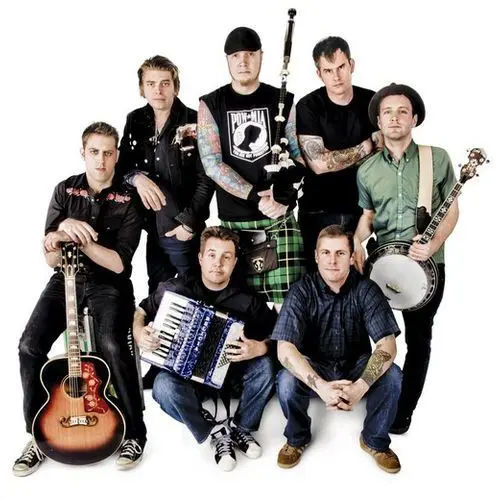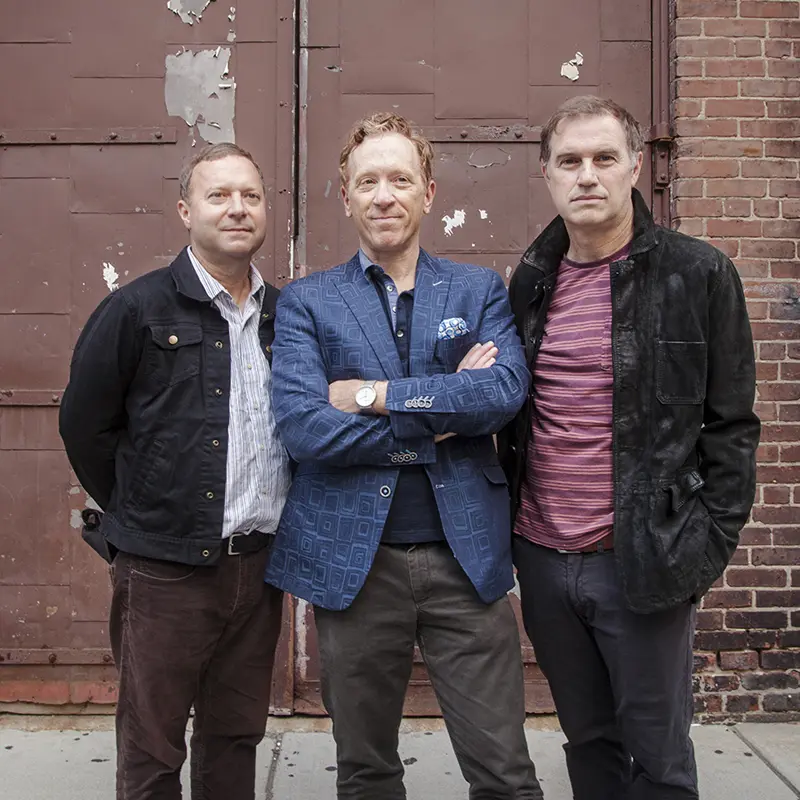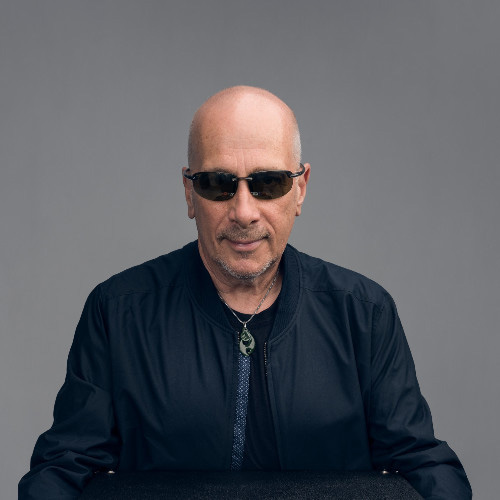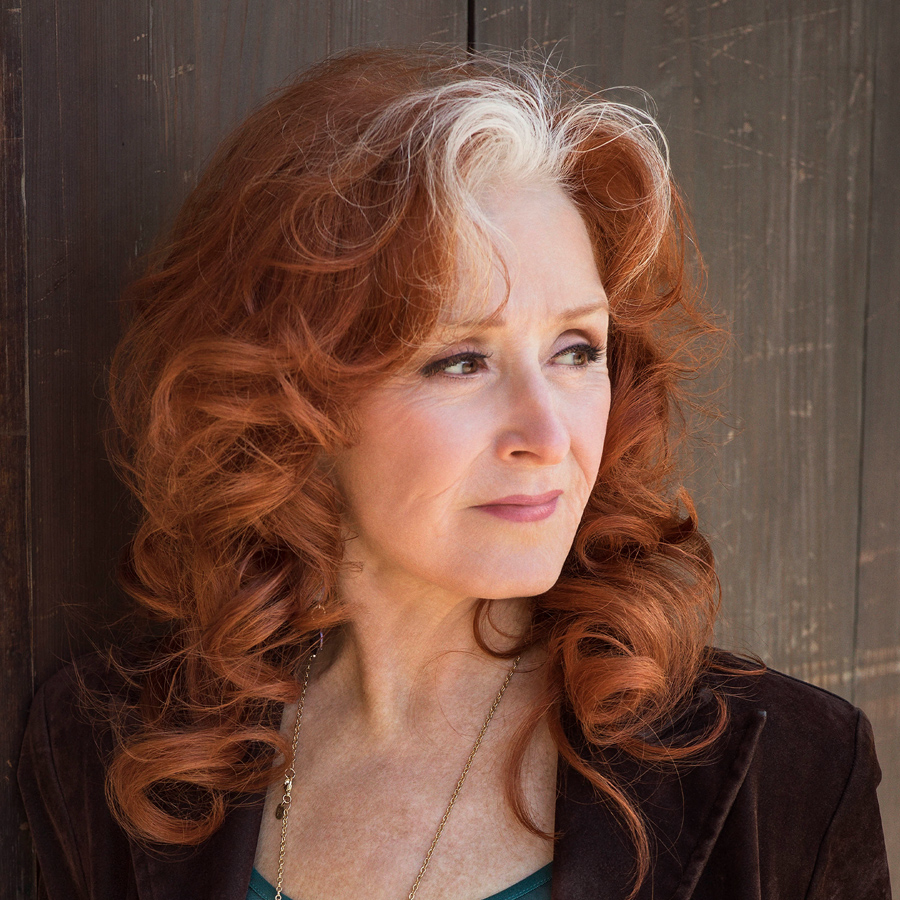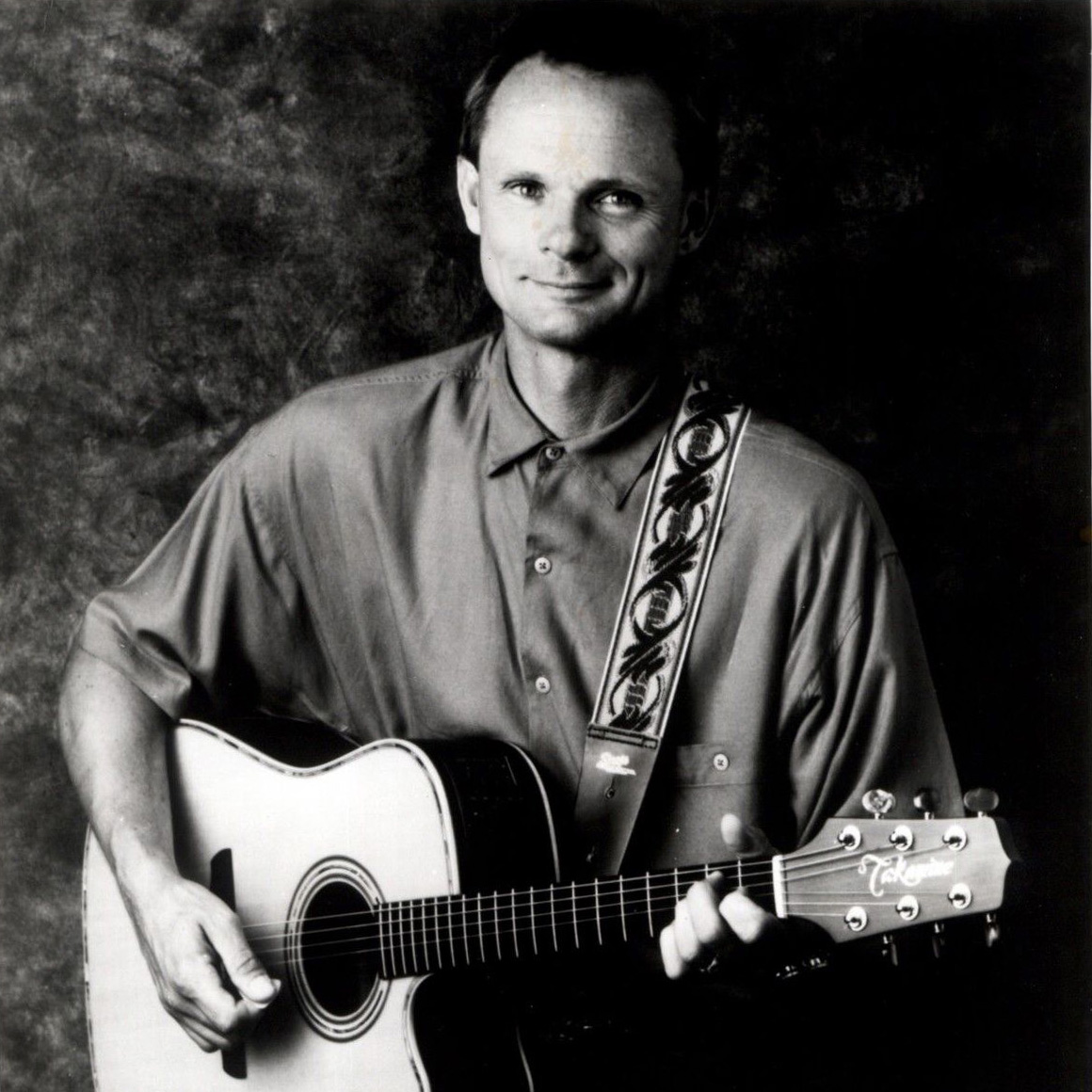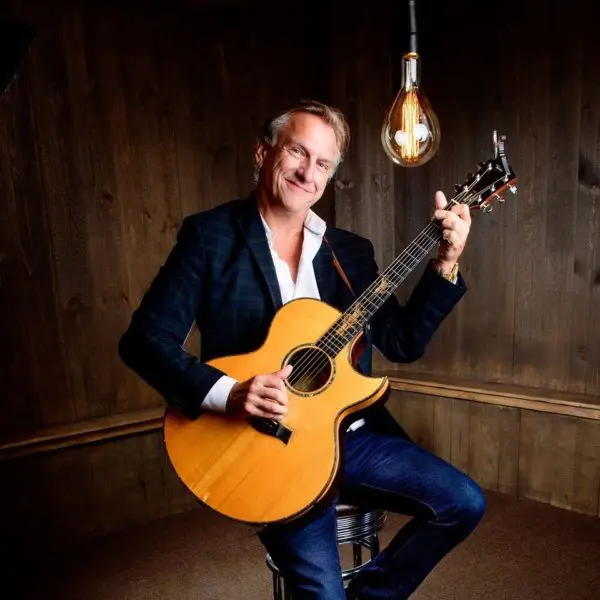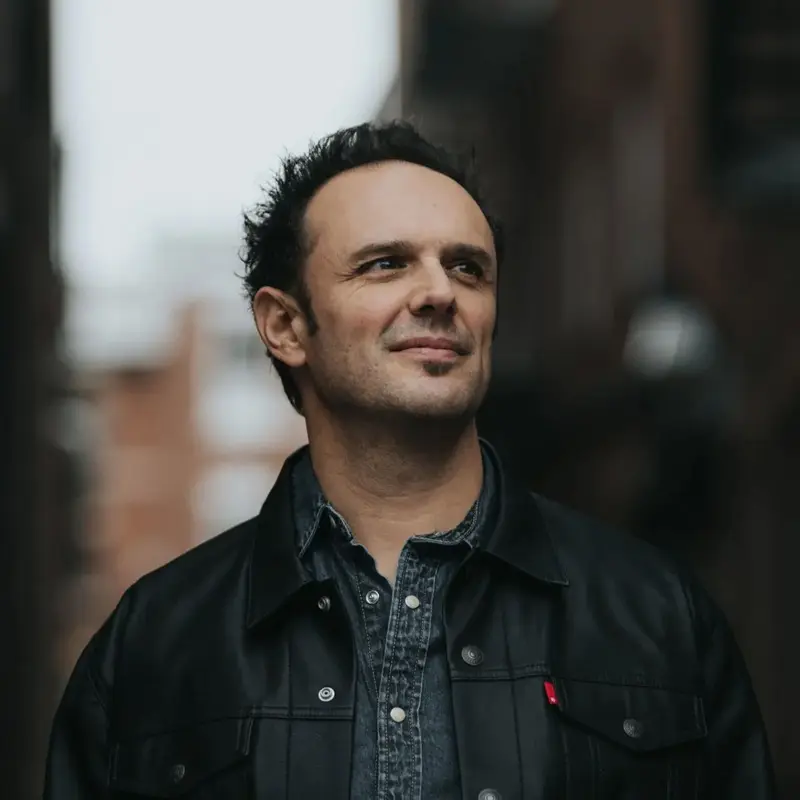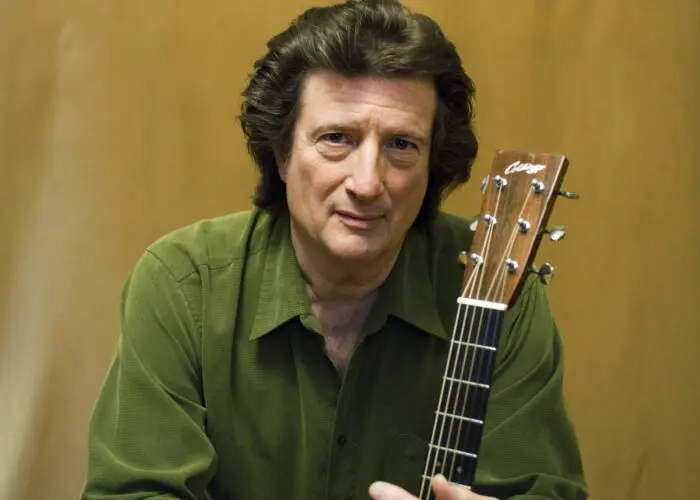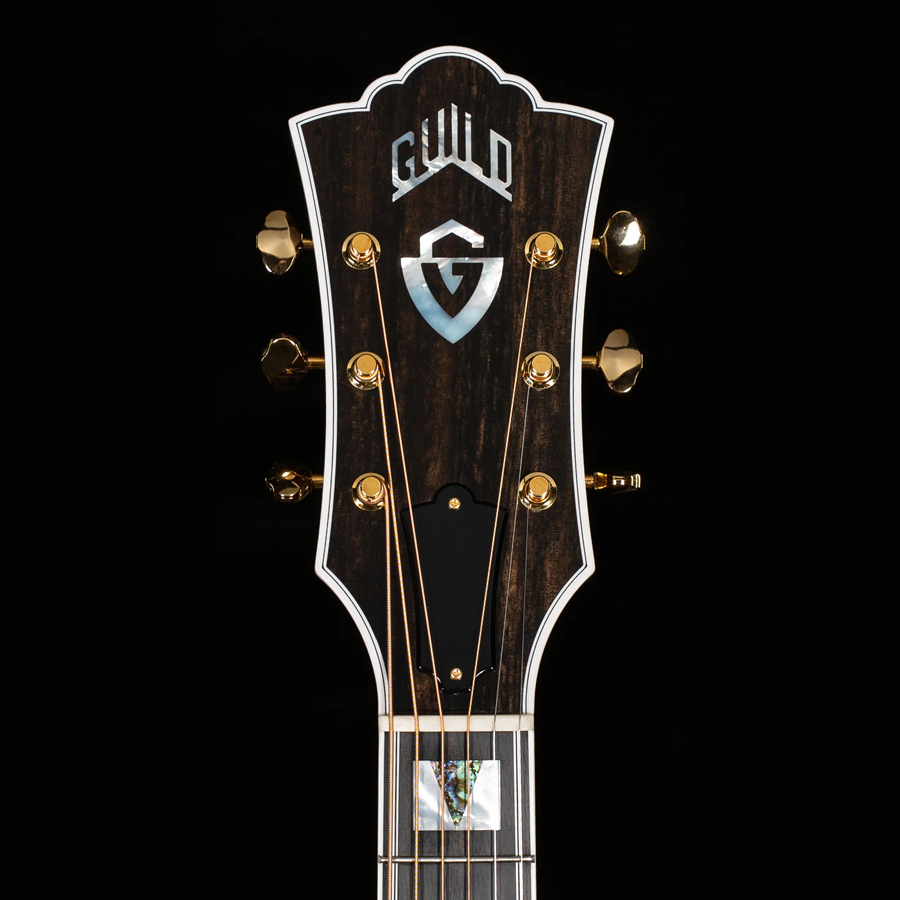Fishman Transducers
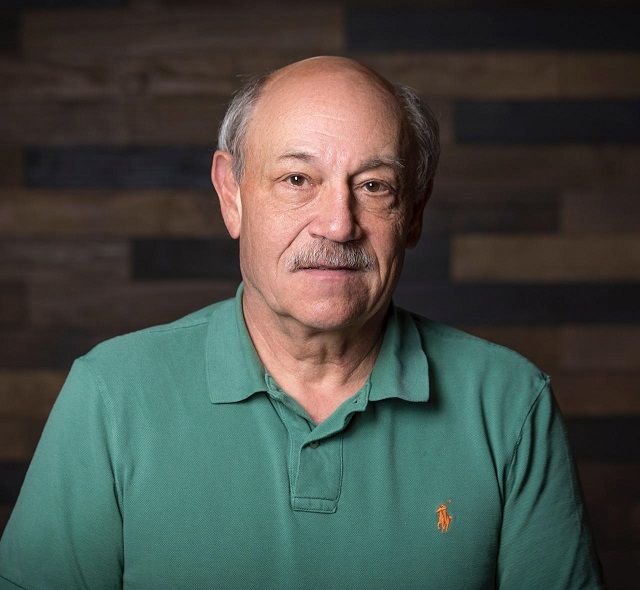
Music-product innovator Larry Fishman is internationally acknowledged for his smart engineering practices and the many valued inventions that have led his company, Fishman Transducers, to being the original equipment manufacturer (OEM) for amplification products to over 100 instrument makers. Among the more famous names are Fender, C.F. Martin, Epiphone, Gibson, ESP, Schecter, Ibanez, Charvel, Cort, Jackson and Guild.
MUSICAL/ENGINEERING BEGINNINGS
The impetus for Fishman’s boundless creativity and passion for solving the kinds of problems common to many musicians has always been his love of music, which began during his childhood in upstate New York and North Carolina. He played cello in elementary school and graduated from North Carolina State University in 1970 with a degree in mechanical engineering. Soon after graduating, he made his way to Boston.
While living in Cambridge and working as a mechanical engineer on high-speed trains for the US Department of Transportation in the mid-‘70s, he took classes at Berklee College of Music, focusing on composition. His Berklee training led to performances throughout New England playing acoustic bass with various pit orchestras and jazz bands and he remained involved in the Boston music scene for many years.
ACOUSTIC BASS PICKUP SYSTEM INVENTION
During that period, jazz was becoming more electronic and, like all acoustic bass players at the time, he was having trouble amplifying his acoustic bass to a volume that could be heard over electric pianos and guitars. His bandmates asked him to change to electric bass, which he didn’t want to do. As a solution, he began working on a pickup system for his acoustic bass, using an approach that would soon become the foundation of the company that bears his name. Fishman analyzed every pickup device on the market until he came up with an acoustic bass version that finally, as he puts it, “took it to the next level.” Soon, the word was out.
“So, I went on a pursuit of bass pickups and bought one of everything that was available,” he says. “None of them were very good, and that started me on a two-and-a-half-year process to develop a bass pickup. My prototypes were tested weekly at a jazz gig we had at The Plough and Stars in Cambridge. I finally developed a piezoelectric pickup that I was very happy with.”
RAPID GROWTH, EXPANSION
Soon, other bass players in the area were asking if Larry would make them pickups, and doing so developed into a “cottage industry,” he says. Then, a manufacturers’ rep named Eli Rapkin contacted him saying he could sell them to stores. “It was quite accidental, but the extra cash was great since jazz bass players didn’t make a lot,” Fishman says. “I started getting a reputation as someone who knew what was going on with acoustic instrument amplification. I then developed some violin pickups for an electric violin maker in Vermont.”
Although he fully intended to be a professional musician, the instant success of his first prototype pickup with acoustic bassists in the Boston area grew into a full-time business by 1981, at which time he was providing an expanded range of acoustic pickups and accessory products. In 1983, he secured an initial order to supply OEM pickups for Guild acoustic guitars (then based in Westerly, Rhode Island) and in 1985 he designed and built the popular Thin Line pickup for C.F. Martin Guitars.
The first large Martin order allowed the company to acquire its first manufacturing space – 5,000 square feet in Woburn, Massachusetts that “looked like the Grand Canyon” according to Fishman – and increase its staff. The Martin Thin Line pickup launched Fishman Transducers as an innovative company with an extensive line of pickups that included supporting electronics for an entire family of instruments, including resophonic guitars, classical guitars, banjos, mandolins, violins and cellos. As Larry describes it, “virtually anything with strings on it is our specialty.”
ACOUSTIC REVIVAL, RELOCATIONS, FLUENCE MULTI-VOICE PICKUPS
Larry cites the advent of programs like MTV Unplugged – which first aired in November 1989, the debut episode featuring Squeeze, Sid Straw and The Cars’ Elliot Easton – and the resulting popularity of acoustic music as a major factor to his company’s success. “We realized acoustic musicians didn’t want to be tethered to a microphone,” he says. “They wanted freedom of movement on stage and the ability to play louder, which eventually brought the acoustic guitar out of the living room and small clubs and onto the world stage. Our contribution to music is to make the acoustic instrument equal to their electric counterparts and viable in larger venues.” By 1993, Fishman had outgrown the space in Woburn and moved to nearby Wilmington, initially occupying less than one-quarter of the single-story industrial building (7,500 square feet) before expanding to fill the entire facility (35,316 square feet). In 2008, the company moved again, this time to a 38,000- square-foot space in Andover.
By 2014, the Fishman name was synonymous with acoustic amplification but in 2014 the company introduced Fluence Multi-Voice Pickups for electric guitars, which represented the first real re-imagining of electric guitar pickup systems in over 80 years. A new analog, system-wide approach to delivering great “idealized” guitar sound, each Fluence pickup features two complementary voices that are quiet, free from hum and other issues that plagued electric guitar pickups from the past. “I have been very fortunate to realize early on that creativity and expression take many forms,” Fishman says. “My bass and my CAD design system are really just different media, no different than switching between painting and sculpture.”
FURTHER EXPANSION, ADDITIONAL PRODUCTS, NOTABLE ARTISTS
In 2016, Fishman expanded to a 57,809-square-foot location in Andover, Massachusetts, where all its products are designed to this day (and where many are manufactured). Currently, the company employs over 110 people, sells its products in over 40 countries and its category-leading product line includes the industry-standard Matrix Infinity pickup system and the world’s best-selling acoustic amplifier line, Loudbox. Fishman’s Aura Acoustic Imaging technology has become the benchmark of acoustic sound and, with over 40 patents, Larry Fishman continues to combine science and art and deliver the next-generation innovation for all musicians, not just acoustic players.
Among the thousands of artists who use Fishman products are Matt Scannell (Vertical Horizon), James Taylor, Aerosmith, Chris Carrabba (Dashboard Confessional), John Mayer, Aaron Lewis, Dropkick Murphys, Buffalo Tom, James “Hutch” Hutchinson (bassist for Bonnie Raitt and many others), Jonathan Edwards, Ellis Paul, Marc Erelli, Peter Mulvey, Chris Smither, Kris Delmhorst, Jeff Foucault, Will Dailey, Bridget Kearny (bassist for Lake Street Dive), Jeff Pevar, Killswitch Engage and Marc Copely.
(by Chris DeMaria)

